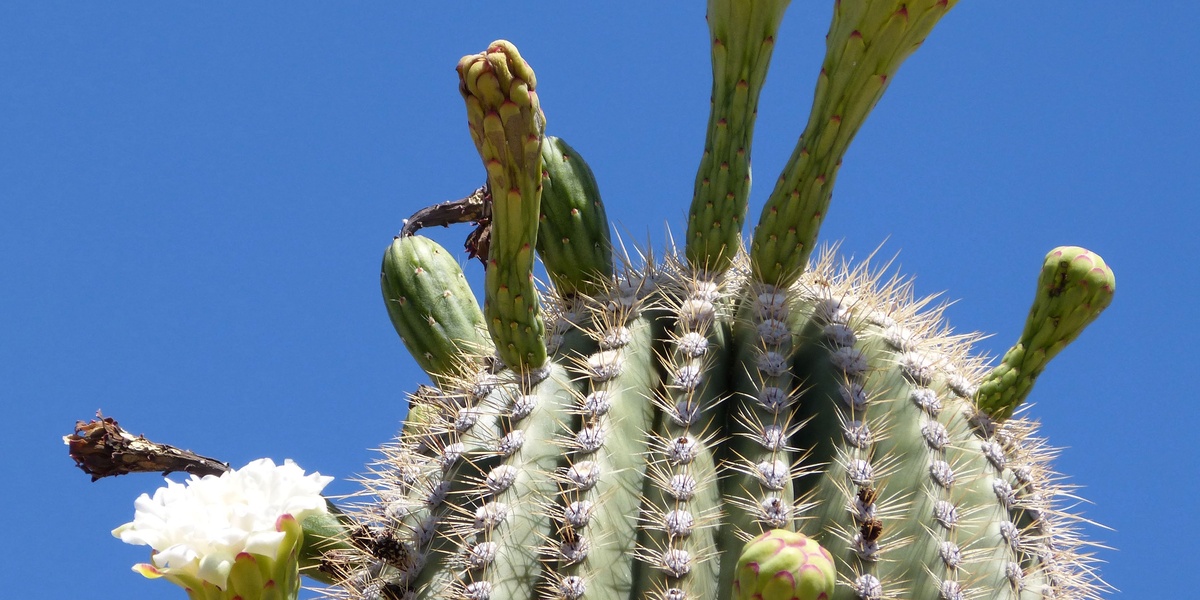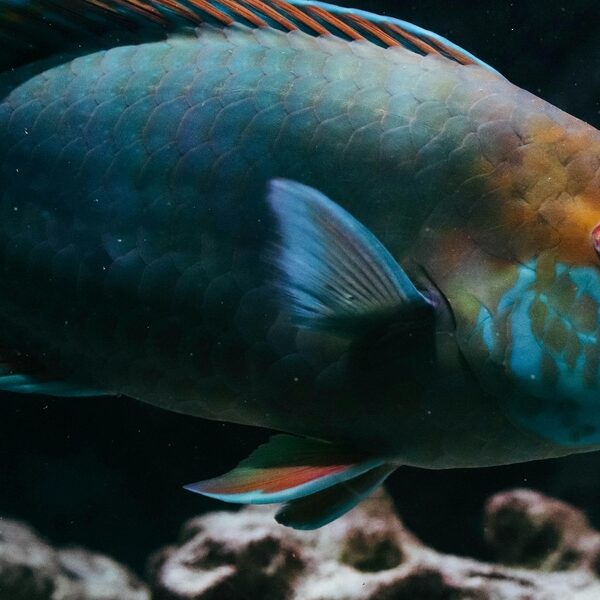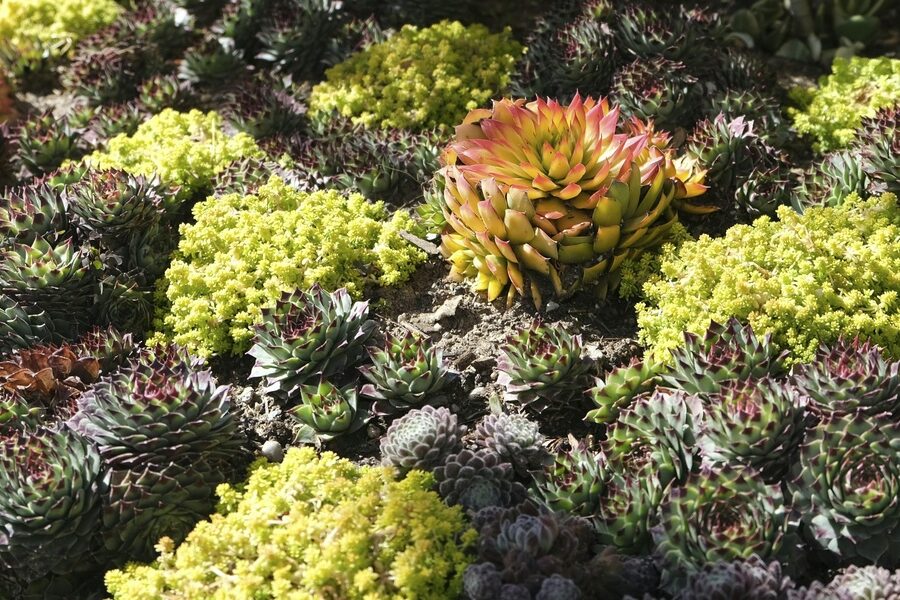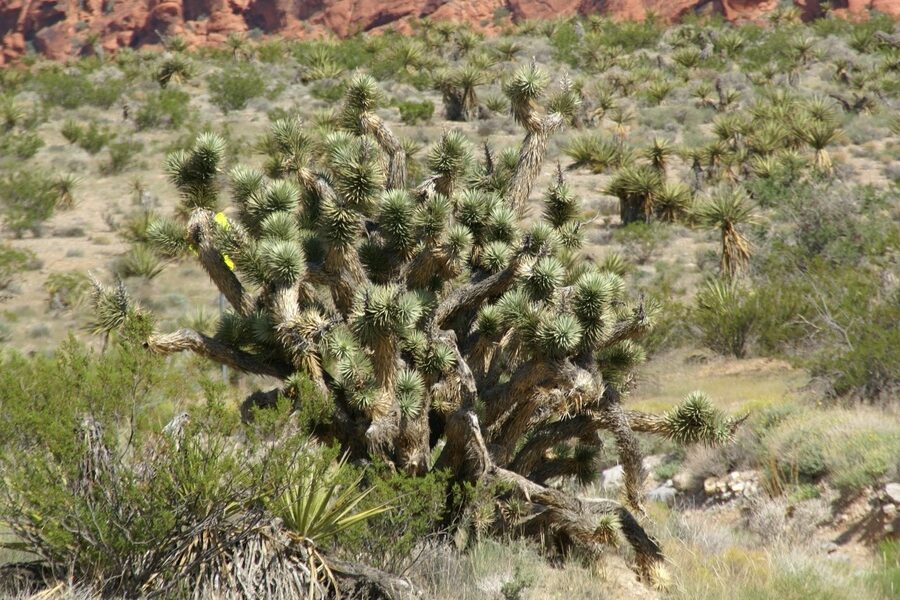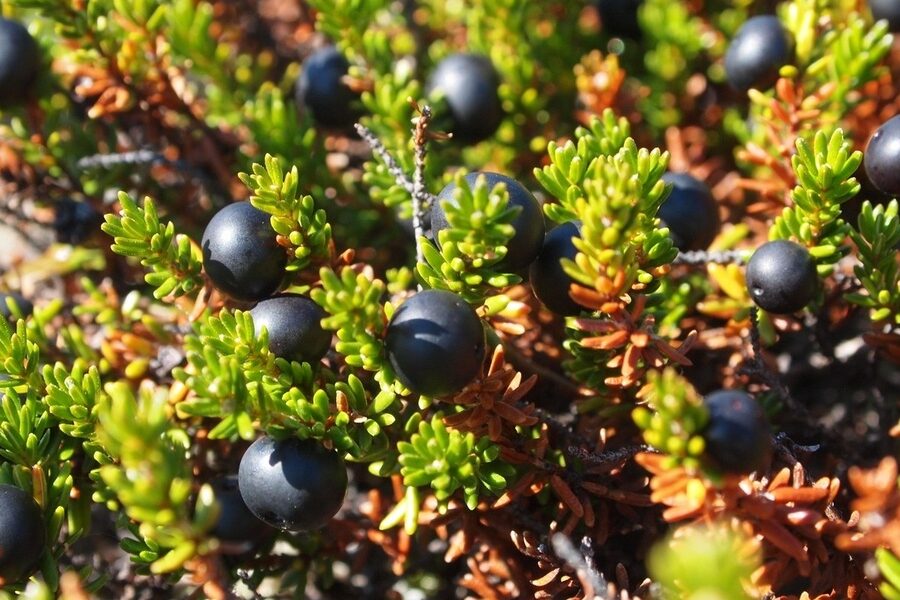Deserts, often perceived as vast, empty expanses, are in fact vibrant ecosystems teeming with life uniquely adapted to extreme conditions. Among the most iconic and resilient inhabitants of these arid landscapes are the cacti, master botanists of water conservation and survival.
This comprehensive list introduces you to 24 Desert Cacti, showcasing their incredible diversity from the impressive Argentine Giant to the striking Totem Pole Cactus. For each entry, you’ll find below essential details including its Scientific Name, Native Range, Max Height (cm), and a Notable Feature to help you appreciate their unique characteristics.
What makes desert cacti so resilient in harsh environments?
Desert cacti have evolved an array of remarkable adaptations to thrive in dry, hot conditions. These include storing water in their thick, fleshy stems, which are often covered in a waxy cuticle to reduce moisture loss. Their spines serve multiple purposes: protecting against herbivores, providing shade, and even helping to collect dew. Many also have shallow, widespread root systems to quickly absorb any available surface moisture.
Are all desert cacti the same in appearance?
While many desert cacti share common features like spines and fleshy stems, their appearances vary dramatically. They range from small, ground-hugging species to towering, tree-like structures. Some have a smooth, columnar form, while others are segmented, globular, or covered in dense, woolly hairs. This list highlights just how diverse and visually captivating these desert survivors truly are.
Desert Cacti
| Common Name | Scientific Name | Native Range | Max Height (cm) | Notable Feature |
|---|---|---|---|---|
| Saguaro | Carnegiea gigantea | Sonoran Desert of Arizona, California, and Sonora, Mexico. | 1,500 | Iconic symbol of the American West; can live over 150 years. |
| Golden Barrel Cactus | Echinocactus grusonii | East-Central Mexico (critically endangered in the wild). | 100 | Often called “Mother-in-Law’s Cushion” due to its sharp, golden spines. |
| Teddy Bear Cholla | Cylindropuntia bigelovii | Mojave and Sonoran Deserts of the Southwestern US and Northern Mexico. | 300 | Its spiny segments detach easily and are called “jumping cholla.” |
| Organ Pipe Cactus | Stenocereus thurberi | Sonoran Desert and parts of Sinaloa, Mexico. | 700 | Its many tall stems resemble the pipes of a large church organ. |
| Prickly Pear | Opuntia engelmannii | Chihuahuan and Sonoran Deserts of the US and Mexico. | 300 | Produces edible pads (nopales) and sweet fruit (tunas). |
| Beavertail Cactus | Opuntia basilaris | Mojave and Sonoran Deserts of the Southwestern US. | 60 | Has beautiful blue-green pads that are mostly spineless. |
| Fishhook Barrel Cactus | Ferocactus wislizeni | Sonoran and Chihuahuan Deserts of the US and Mexico. | 200 | Its curved, thick spines were used as fishhooks by native peoples. |
| Claret Cup Cactus | Echinocereus triglochidiatus | Southwestern US and Northern Mexico deserts and mountains. | 90 | Its vibrant red, waxy flowers are pollinated by hummingbirds. |
| Old Man Cactus | Cephalocereus senilis | Hidalgo and Veracruz, Mexico. | 1,500 | Covered in long, white, hair-like spines that resemble an old man’s hair. |
| Cardón Cactus | Pachycereus pringlei | Baja California, Sonora, and Sinaloa, Mexico. | 1,800 | Considered the world’s most massive cactus by weight. |
| Chain Fruit Cholla | Cylindropuntia fulgida | Sonoran Desert of Arizona and Sonora, Mexico. | 400 | Forms long, hanging chains of fruit that can persist for years. |
| Bishop’s Cap | Astrophytum myriostigma | Chihuahuan Desert of Mexico. | 60 | A spineless, star-shaped cactus covered in tiny white, hairy scales. |
| Peyote | Lophophora williamsii | Chihuahuan Desert of Mexico and South Texas. | 5 | A small, spineless cactus known for its psychoactive alkaloids. |
| Totem Pole Cactus | Pachycereus schottii var. monstrosus | Baja California and Arizona (cultivated). | 300 | A naturally occurring mutant form with smooth, lumpy, spineless stems. |
| Senita Cactus | Pachycereus schottii | Sonoran Desert of Arizona and Mexico. | 700 | Older stems grow long, gray, bristly spines resembling a beard. |
| Living Rock Cactus | Ariocarpus fissuratus | Chihuahuan Desert of Texas and Mexico. | 15 | Perfectly camouflaged to look like the limestone rocks where it grows. |
| Argentine Giant | Echinopsis candicans | Monte Desert of Argentina. | 100 | Produces enormous, fragrant white flowers that bloom only at night. |
| Silver Torch Cactus | Cleistocactus strausii | High-altitude dry regions of Bolivia and Argentina. | 300 | Its slender green columns are densely covered in short white spines. |
| Blue Candle Cactus | Myrtillocactus geometrizans | Central and Northern Mexico. | 500 | Has a distinctive blue-green waxy coating and candelabra-like branches. |
| Mexican Fence Post | Pachycereus marginatus | Central Mexico. | 600 | Often planted in dense rows to create impenetrable living fences. |
| Strawberry Hedgehog | Echinocereus engelmannii | Mojave and Sonoran Deserts of the US and Mexico. | 70 | Forms dense mounds of spiny stems with huge magenta flowers. |
| Compass Barrel | Ferocactus cylindraceus | Mojave, Sonoran, and Colorado Deserts. | 300 | Tends to grow leaning towards the south or southwest. |
| Pincushion Cactus | Mammillaria microcarpa | Sonoran and Chihuahuan Deserts. | 20 | A small, spherical cactus that often grows hidden under shrubs. |
| Desert Christmas Cactus | Cylindropuntia leptocaulis | Chihuahuan and Sonoran Deserts. | 180 | Its tiny, bright red fruits persist through the winter like ornaments. |
Images and Descriptions
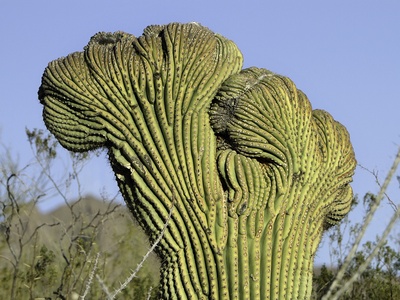
Saguaro
A massive, tree-like columnar cactus whose arms provide nesting sites for desert birds. Its beautiful white flowers bloom at night and are the state flower of Arizona, vital for pollinators.
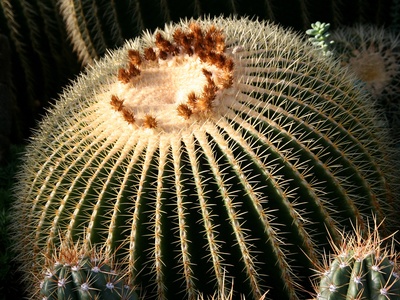
Golden Barrel Cactus
A highly popular, almost perfectly spherical cactus that becomes more cylindrical with age. Its dense, sharp, yellow spines provide excellent protection from both predators and the intense sun.
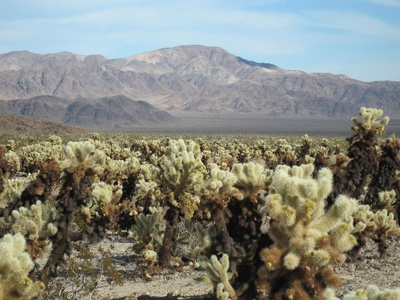
Teddy Bear Cholla
Despite its soft name, this cactus is covered in a dense coat of silvery-white spines. It reproduces mainly by dropping spiny segments that root where they land, creating formidable thickets.
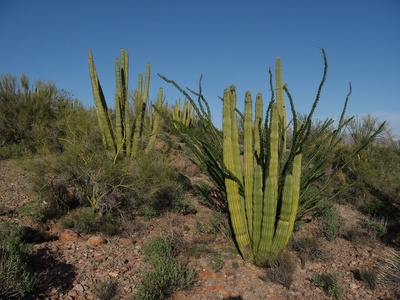
Organ Pipe Cactus
This massive cactus grows in large clusters of individual stems rising from a common base. Its flowers open only at night to be pollinated by bats, and it produces a sweet, edible fruit.
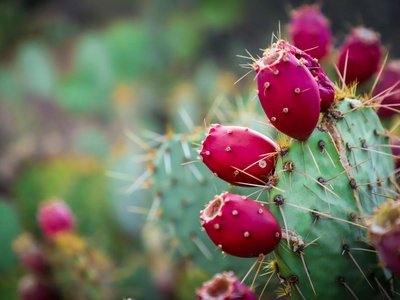
Prickly Pear
One of the most widespread cacti, recognized by its flat, paddle-like stems. The pads are covered in both large spines and tiny, hair-like glochids that can be very irritating.

Beavertail Cactus
This low-growing prickly pear is named for its flat pads that resemble a beaver’s tail. It produces stunning, bright magenta flowers in the spring, adding a splash of color to the arid landscape.
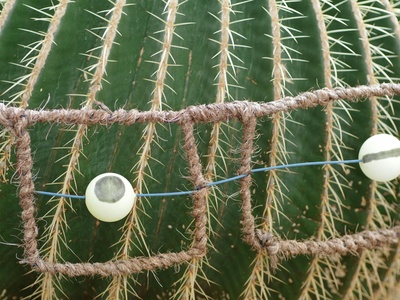
Fishhook Barrel Cactus
This large, ribbed barrel cactus often leans towards the south for maximum sun exposure. It produces orange or yellow flowers near the top, followed by fleshy, pineapple-shaped yellow fruit.
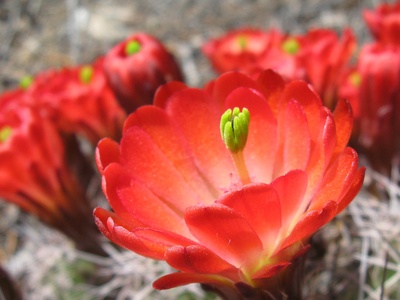
Claret Cup Cactus
This cactus grows in dense, spiny mounds or clumps. It is one of the first cacti to bloom in spring, with brilliant scarlet flowers that remain open day and night for several days.

Old Man Cactus
This tall, columnar cactus uses its shaggy coat of “hair” to protect itself from frost and scorching sun. The long filaments hide sharp yellow spines beneath, offering dual protection.
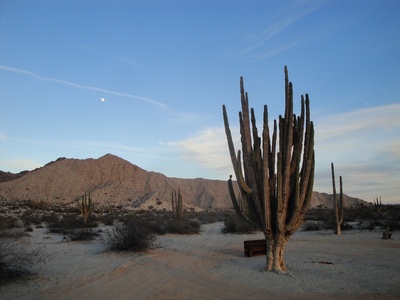
Cardón Cactus
Often mistaken for the Saguaro, the Cardón can grow even larger and has a symbiotic relationship with bacteria that allows it to fix nitrogen from the air and grow on bare rock.
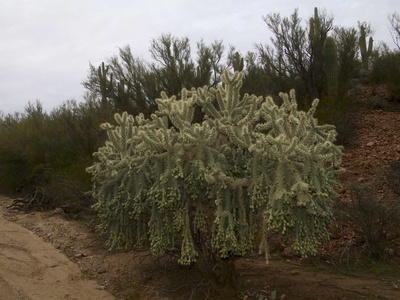
Chain Fruit Cholla
Also known as the “hanging cholla,” this tree-like cactus is notable for the chains of green fruit that grow from the previous year’s fruit. Its spines are notoriously difficult to remove.
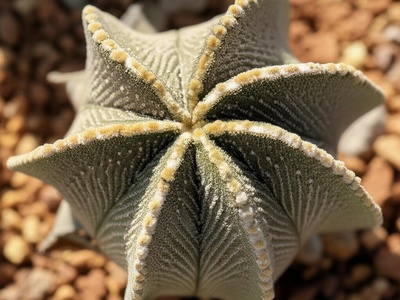
Bishop’s Cap
This unique cactus is prized for its geometric, star-like shape, typically with five prominent ribs. Its lack of spines and fuzzy white appearance make it stand out among other desert dwellers.
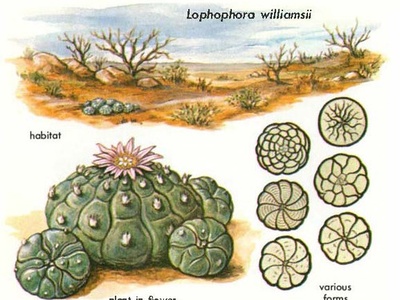
Peyote
This low-profile, button-like cactus grows almost flush with the ground to avoid detection and desiccation. It has deep cultural and spiritual significance for various Native American tribes.
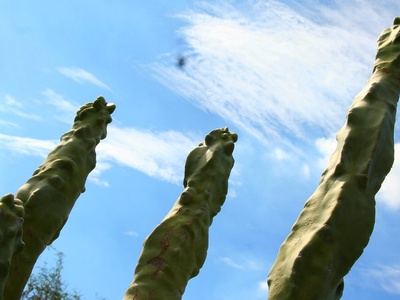
Totem Pole Cactus
This peculiar cactus lacks the sharp spines and defined ribs of its parent species. Its bumpy, green, club-like stems grow slowly into bizarre, sculptural forms, making it a collector’s favorite.
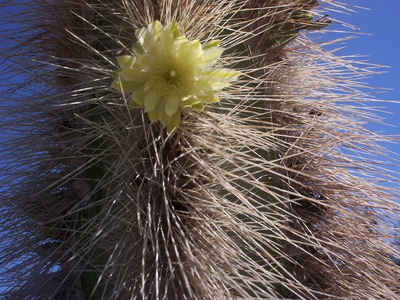
Senita Cactus
Known as the “whisker cactus,” its upper stems are covered in bristles that protect its night-blooming flowers. It has a unique symbiotic relationship with a specific moth for pollination.
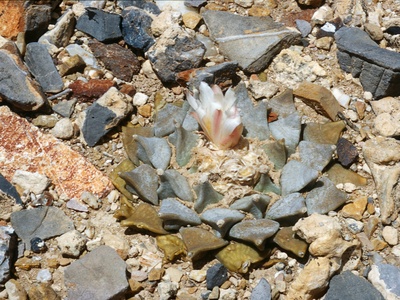
Living Rock Cactus
This spineless cactus has a rough, warty, triangular-shaped top that barely emerges from the soil. This incredible camouflage, a form of mimicry, protects it from herbivores.
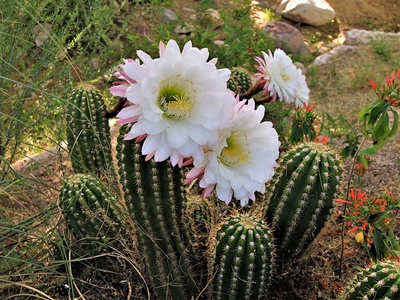
Argentine Giant
Growing in large, sprawling mounds, this cactus is a spectacular sight when in bloom. Its huge, short-lived flowers open at dusk to attract moth pollinators and wilt by mid-morning.
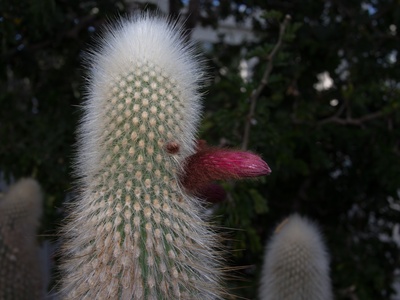
Silver Torch Cactus
This columnar cactus forms impressive silvery-white clumps. Its narrow, deep red flowers barely open and are adapted for pollination by hummingbirds with long, curved beaks.

Blue Candle Cactus
This tree-like cactus is valued for its unique color and architectural form. It produces small, sweet, edible fruits that resemble tiny blueberries, giving it the nickname “Bilberry Cactus.”
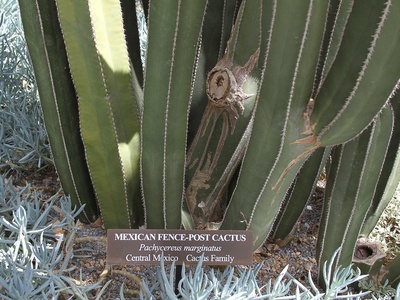
Mexican Fence Post
This tall, columnar cactus has very neat, defined ribs with short, white spines aligned in rows. Its fast growth and formidable nature make it a practical and ornamental barrier in arid climates.
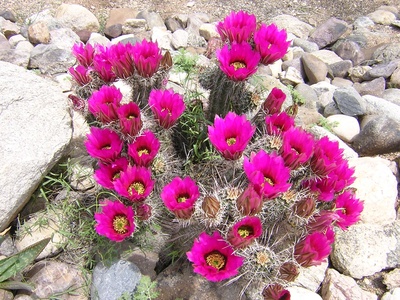
Strawberry Hedgehog
This common hedgehog cactus is a favorite for its spectacular floral displays in the spring. After flowering, it produces a spiny but sweet, strawberry-flavored fruit that is edible once de-spined.
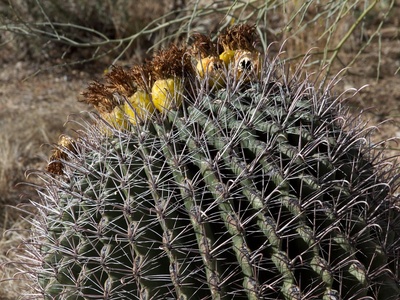
Compass Barrel
This impressive barrel cactus gets its name from its habit of leaning toward the sun, which maximizes sun exposure on its southern side. Its dense lattice of red and yellow spines offers fierce protection.
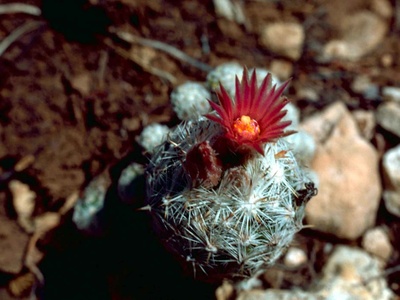
Pincushion Cactus
This tiny cactus is a classic example of the Mammillaria genus, featuring small tubercles instead of continuous ribs. It produces a ring of delicate pink or purple flowers near its apex.
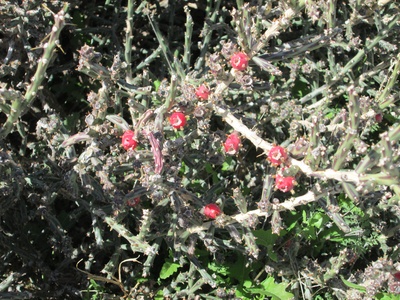
Desert Christmas Cactus
Also known as “tasajillo,” this slender and shrubby cholla has pencil-thin stems. While its flowers are inconspicuous, its festive red berries provide food for desert birds and wildlife.
